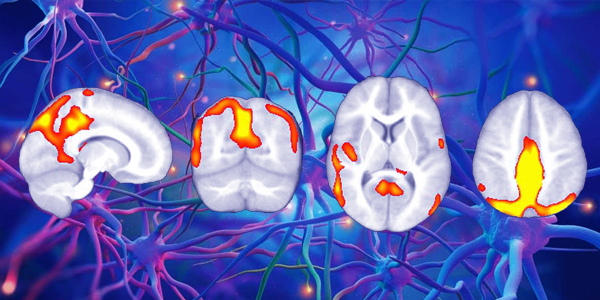Pervasive Development Disorder Treatment (PDD)
The term “Pervasive Development Disorders,” also called PDDs, refers to a group of conditions that involve delays in the development of many basic skills, most notably the ability to socialize with others, to communicate, and to use imagination. Children with these conditions often are confused in their thinking and generally have problems understanding the world around them, thus the best pervasive development disorder treatment becomes utmost important.

Because these conditions typically are identified in children around 3 years of age — a critical period in a child’s development — they are called development disorders. Although the condition begins far earlier than 3 years of age, parents often do not notice a problem until the child is a toddler who is not walking, talking, or developing as well as other children of the same age.
The onset of Pervasive Developmental Disorders occurs during infancy, but the condition is usually not identified until the child is around three years old. Parents may begin to question the health of their child when developmental milestones are not met, including age appropriate motor movement and speech production.
There is a division among doctors on the use of the term PDD. Many use the term PDD as a short way of saying PDD-NOS (Pervasive Developmental Disorder not otherwise specified).Others use the general category label of PDD because they are hesitant to diagnose very young children with a specific type of PDD, such as autism. Both approaches contribute to confusion about the term, because the term PDD actually refers to a category of disorders and is not a diagnostic label.
Signs and Symptoms
Symptoms of PDD may include behavioral and communication problems such as:
- Difficulty using and understanding language.
- Difficulty relating to people, objects, and events; for example, lack of eye contact, pointing behavior, and lack of facial responses.
- Unusual play with toys and other objects.
- Difficulty with changes in routine or familiar surroundings.
- Repetitive body movements or behavior patterns,such as hand flapping, hair twirling, foot tapping, or more complex movements.
- Inability to cuddle or be comforted.
- Difficulty regulating behaviors and emotions, which may result in temper tantrums, anxiety, and aggression.
- Emotional breakdowns.
